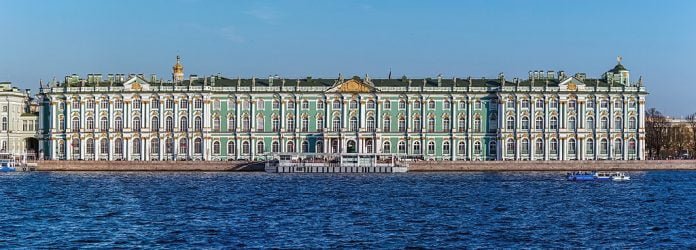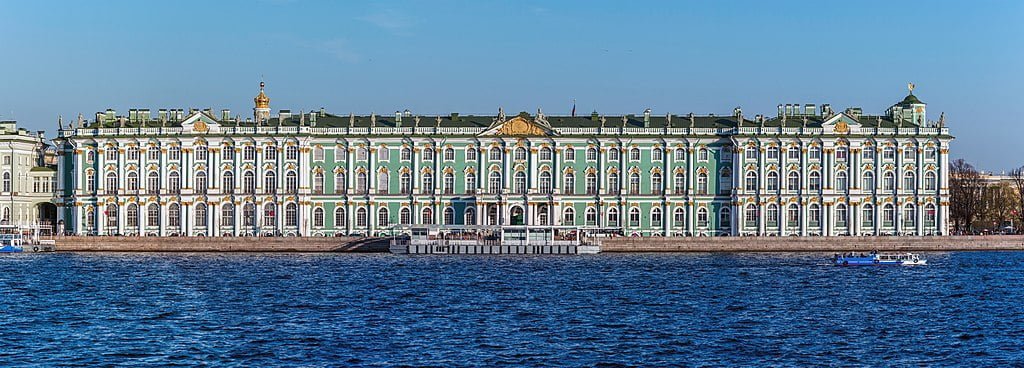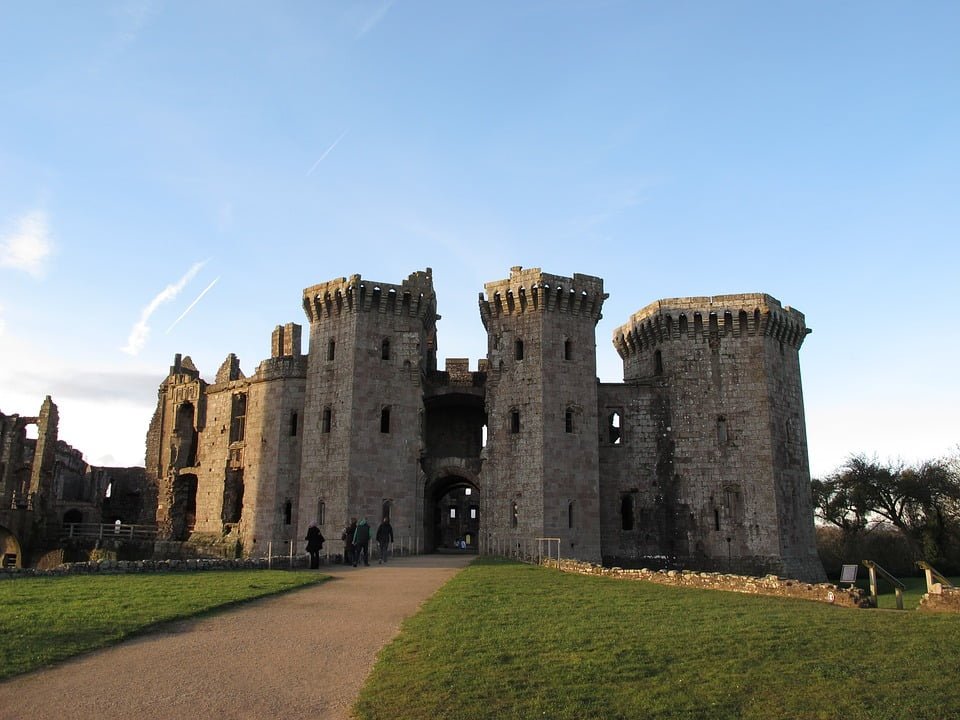The pinnacle of Russian imperial heritage, the Winter Palace is an icon that stretches over 700 ft along the Neva River in the second largest city of Russia. It is said that simply taking a tour through this castle is like preparing to experience an immersive tour through the heart of a great European empire. It is a monument reminiscent of the Golden Age of the Empire, and here’s all that you need to know about it:
Table of Contents
The art collection in the Hermitage museum includes fine works by famous artists such as Leonardo da Vinci, Raphael, Michelangelo, Rembrandt, Monet, and Renoir, among many others.
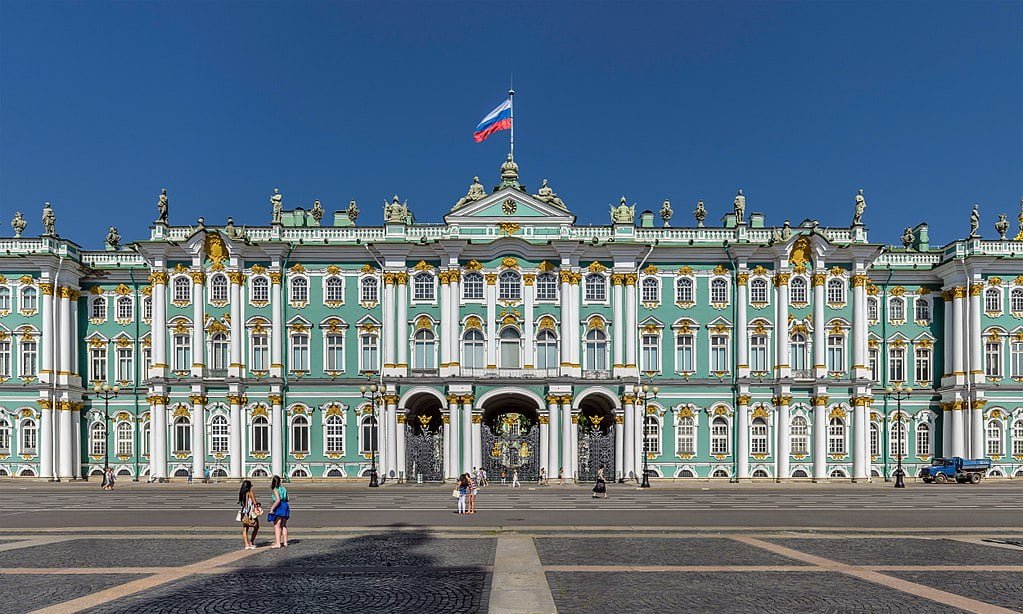
Frequently Asked Questions
Where is Winter Palace Located?
Winter Palace is situated on the bank of the Neva River in St. Petersburg, Russia.
When was Winter Palace Built? Who Build It?
The palace dates back to 1711 when architect Domenico Trezzini constructed the earliest version of the palace for Peter I of Russia. A second rendition was made in 1721 by architect Georg Mattarnovy. A final third was designed by Trezzini after Peter’s death in 1728.
When is The Best Time to Visit the Castle?
The best time to visit the castle is the warm summer months between May and September when you can enjoy the pleasant weather as a cherry on top of the picturesque sites. However, visiting during winter has its charm as you get to witness a snow-covered winter wonderland, and also avoid the bustling crowd of peak tourist season.
What Other Monuments are Located Nearby?
The entire city of St. Petersburg is an ode to Slavic history, with numerous significant sites. Some of the other monuments you can visit in St. Petersburg include Saint Alexander Nevsky church, Ushkov Memorial, and the Triumphal Victory Arch.
FOR HISTORY | BEAUTIFUL IMAGES | INTERESTING FACTS | TRAVEL TIPS
Early History
Construction & Early Years
The castle came into being as a residence for Emperor Peter I, who enacted a mass movement toward westernization. He wanted to establish a modernized European-style empire, reimagining and updating the traditional Russian Tsardom.
The architectural style developed for the construction of the Winter Palace and other such sites in the city was largely inspired by European styles, particularly the Flemish Renaissance, and came to be known as ‘Petrine Baroque’.
The early structure of the palace was a humble residence consisting of two floors under a roof of slate, designed by renowned architect Trezzini. A decade later, the emperor updated the castle, with architect Mattarnovy, to have three stories supported by columns. The emperor passed away in this residence in 1725. He was succeeded by first his widow, Catherine the First, and then his grandson, Peter II.
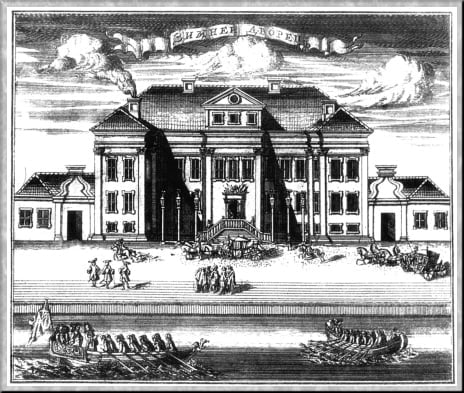
Expansion
Soon after his grandfather’s passing, Peter II greatly expanded the palace by re-engaging Trezzini, following the characteristic Petrine Baroque style.
This third palace was completed in 1728; but soon after the capital city was moved from St. Petersburg to Moscow due to the shifting of the Imperial Court out of the city. After Peter II died, the Duchess of Courland and niece to Peter I, Anna Ivanovna, inherited the throne. She re-instated the Imperial Court in the Winter Palace, bringing the city back to its former capital status.
Under Anna Ivanovna
Anna Ivanovna established her residence in the adjacent Apraksin Palace, which was redesigned and incorporated with the Winter Palace to form the fourth version of the palace, under architect Rastrelli. Anna introduced an atmosphere of grace and civilization to the castle. Plain furniture was replaced with mahogany and ebony pieces and tasteful interior decor. She also had an elegant gallery constructed, hosting her first ball at the location.
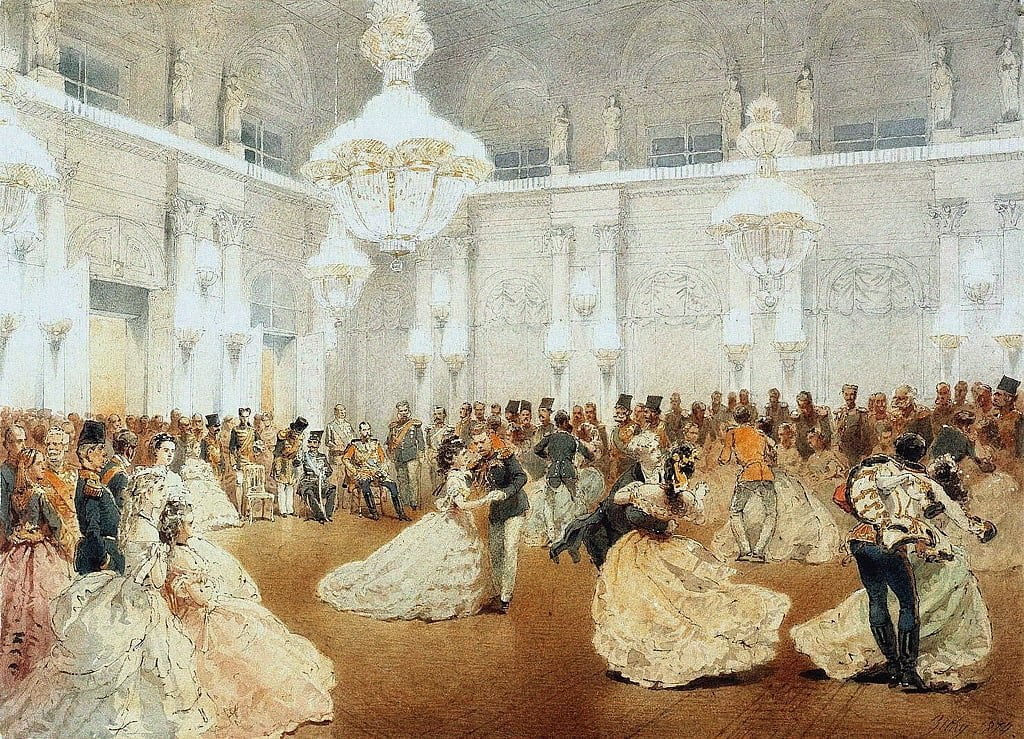
Elizabeth the Undertaker
After a coup, Anna’s successor Ivan VI was replaced by Peter I’s daughter Elizabeth. Rastrelli further expanded the palace under Elizabeth’s rule. She encouraged its construction because she perceived it as a symbol of prestige for the empire. An extravagant amount of money was spent on the palace, leading to a budget deficit and a financial burden on taxpayers. The palace was approaching its final stages of completion when Elizabeth passed away.
Layers of Succession
Elizabeth was succeeded by Peter III, who was murdered and succeeded by Catherine the Great. She enlisted architects Quarenghi and Starov to further expand and renovate the palace. The opera house was replaced with apartment units for her family. Five of Rastrelli’s staterooms were reconstructed to establish the 3 expansive halls of the Neva enfilade.
She also funded French architect Mothe constructing a new wing in the palace, a relatively modest space designed in contrast to the lavish and formal court, formally establishing what is now known as the Hermitage. The empress excessively invested in valuable art collections, filling up the halls of the Hermitage, eventually presenting the necessity for expansion. The third Winter Palace was demolished and replaced in the process.
After the Empress’ death, her son Paul I took over the empire but moved from the Winter Palace to reside in the newer St. Michael’s Castle for security. He was murdered shortly after moving out of the palace and was succeeded by his son Alexander I, who further added to the palace’s art collection by purchasing pieces from the ex-Empress of France, Josephine. After Alexander I, his son Nicholas I took over and was responsible for several changes to the palace, reaching the set-up which is visible to visitors today.
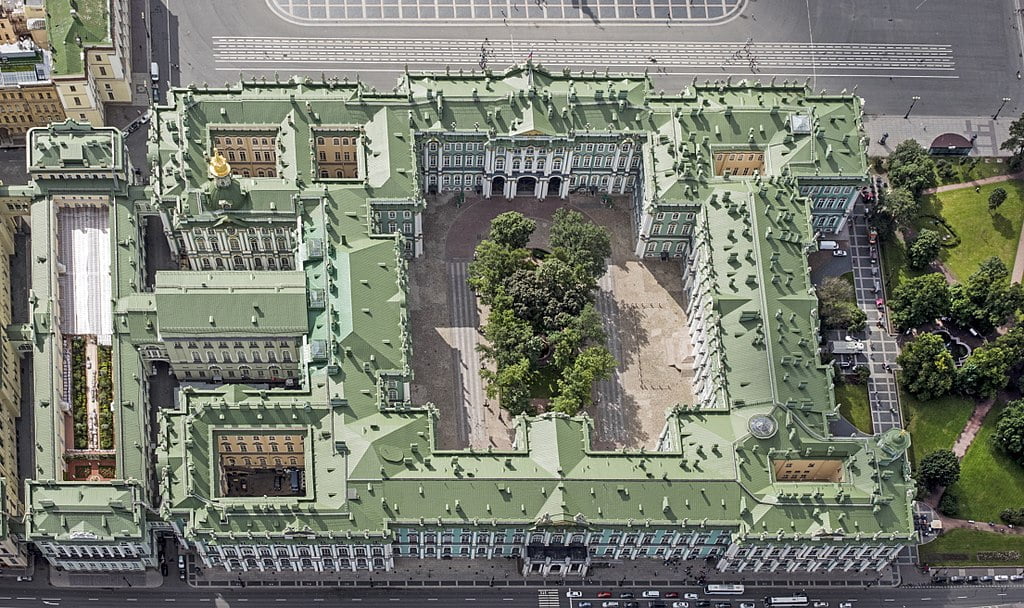
The Fire of 1837 & Later Years
Under the reign of Nicholas I, a fire broke out in the palace due to an unknown cause. This took place during the reconstruction of the eastern staterooms as well as the Field Marshal’s Hall and the Small Throne Room, under architect de Montferrand. The architect is often blamed for the spread of the fire as he used wood to construct partition walls instead of stone which would have been sturdier and safer. These wooden walls covered unused fireplaces and their chimneys, along with the thin ventilation shafts, instigated the fire, which went unnoticed between the walls across the rooms until it was too late.
Much of the palace’s contents were saved by being timely removed and tossed into the snow in the palace square. The three corridors leading to the Hermitage were ordered to be urgently destroyed to stop the spread of the fire, which saved the complex and its massive art collection. The fire did continue to burn for several days and caused great destruction to the interior.
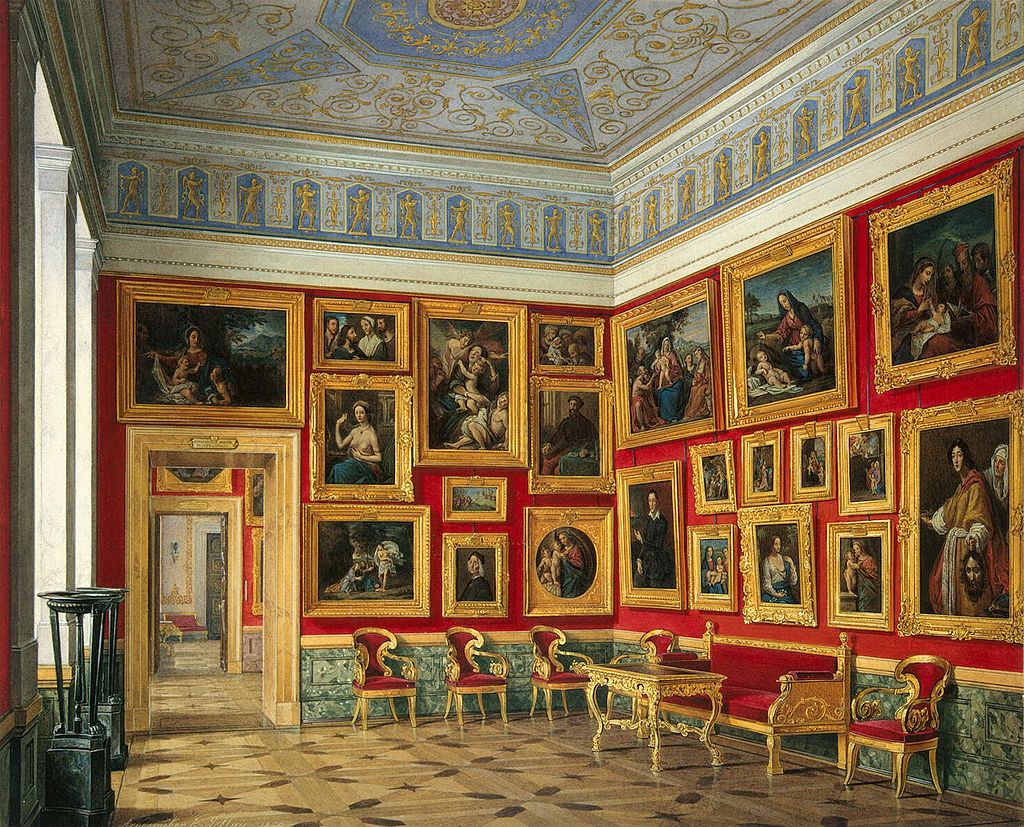
Nicholas ordered immediate reconstruction, employing thousands of men to do the job using contemporary construction methods with sturdy metallic frameworks and iron girders. The workmen were pushed towards extreme labor, with many deaths reported … only to be immediately replaced. The Emperor converted the Hermitage into a public art gallery housing a well-curated assortment of the finest Renaissance art. The last emperor to reside in the castle was Alexander II, the site was used for official purposes following his assassination. The last major imperial event to take place in the palace was a ball to celebrate emperor Alexei I, after which the emperors abandoned the palace and St. Petersburg as a whole.
Revisit More Historic Places Below or Read Further
Current Times
In the 20th century, a peaceful demonstration calling for parliamentary rule took place in St. Petersburg but was suppressed by a mass shooting close to the Winter Palace.
The Romanov dynasty periodically used the Palace for certain occasions such as the Romanov Tercentenary and as a hospital site for wounded soldiers from war to return to in the early 20th century. In the politically turbulent climate following failures in the war, the Winter Palace was once again the temporary center of government. Soon after, the Bolshevik army attacked the palace, arrested the government, and looted its resources.
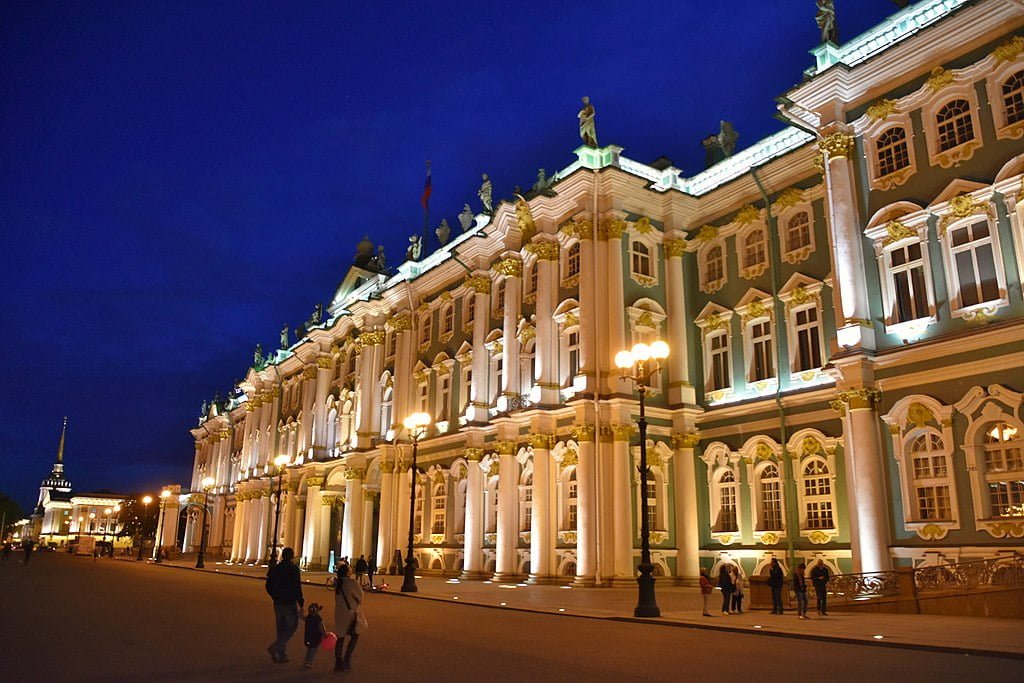
Finally, in 1917, the palace was converted into a public museum as part of the Hermitage public museums. After the Russian Revolution, there was a directive to remove all symbols of imperialism from the palace; hence, much of the palace’s content was replaced.
Nowadays, the palace is open to the public as part of one of the most popular museums in the world. The site hosts almost 3,500,000 visitors every year.
Interesting Winter Palace Facts
- The palace has been estimated to have a total of 1500 rooms and halls, 1886 doors, 117 staircases, and 1945 windows. Take a peak at some of the castle rooms that were built in medieval times.
- The art collection in the Hermitage museum includes fine works by famous artists such as Leonardo da Vinci, Raphael, Michelangelo, Rembrandt, Monet, and Renoir, among many others.
- The palace was featured in the 1927 silent film ‘October’, based on the Russian Revolution.
- It is said that if a visitor spends one minute looking at each exhibit in the Hermitage, it will take 11 whole years for them to look at all of them!
- The Hermitage Museum is the biggest art gallery in Russia.
Visiting Winter Palace – Tips and Tricks
The Winter Place is the crown jewel of Russian history and is a must-visit destination for anyone who loves castles. Here’s all you need to know about planning your trip:
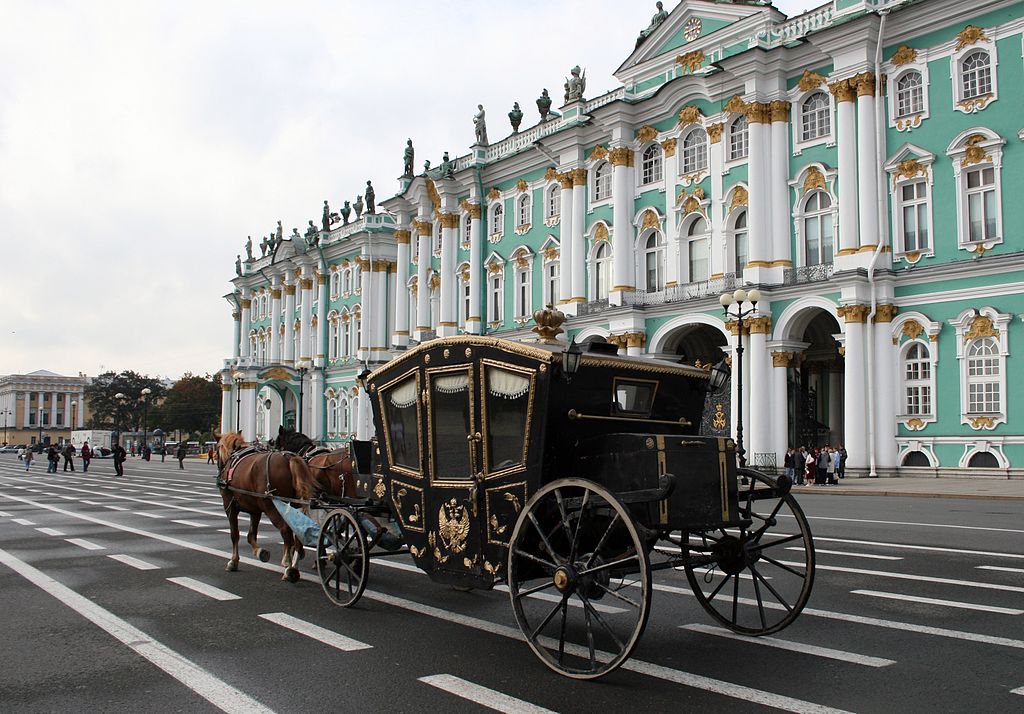
How to get to Winter Palace?
From Moscow, the Winter Palace in St. Petersburg is approachable via bus, train, car, or air travel. The most recommended means of getting there is via train. You would board from Moskva Kurskaya railway terminal and get off at St, Petersburg Glavny after a 4-hour ride. From there, you can take the metro bus from the Ploshchad Vosstaniya terminal, from where the Palace Embankment is a 10-minute ride. The journey will cost you between €29 and €46 ($29-$46 USD) and take around 4.5 hours.
Air travel is the fastest yet pretty complicated way to get to the palace. You can take the train to Vnukovo International Airport and take the flight to Pulkovo. From there, you can take a bus to Moskovskaya, from where you will board the subway to Nevsky Prospekt, from where the palace is a nearly 20-minute walk. This route will take you 4 hours and can cost you a minimum of around €30 ($29 USD), or more, depending on your flight.
Ticket Prices, Visiting Hours & Travel Tips
Information was checked & updated on November 5, 2023.
Ticket pricing varies depending on the part of the palace complex you wish to access. A list of pricing according to locations is as follows:
Main Museum Complex – 500 RUB ($6 USD)
General Staff building – 500 roubles ($6 USD)
Winter Palace – 600 roubles ($ 6 USD)
Menshikov Palace – 600 roubles ($ 6 USD)
Staraya Derevnya Restoration and Storage Centre – 650 roubles ($7 USD)
Museum of the Imperial Porcelain Factory – 300 roubles ($3 USD)
The castle is open from 12 noon to 9:00pm in the evening Tuesday-Sunday. The Palace remains closed on Mondays as well as on Russian National Holidays, which take place on the 1st of January and the 9th of May.
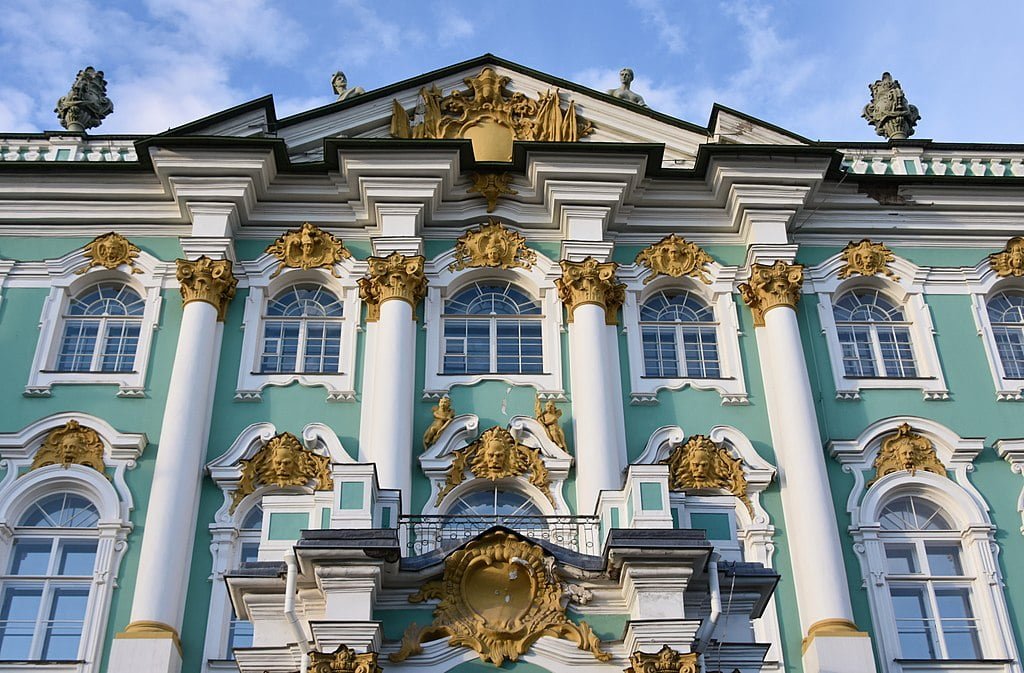
How Long Will It Take to Tour Around?
In order to experience the expansive layout of the palace, including all its artifacts to the fullest, spending at least 3 hours at the site is recommended.
Up to Date Information
For up to date ticket prices and visiting hours visit the official website: https://www.hermitagemuseum.org/wps/portal/hermitage/explore/buildings/locations/building/B10
Some words of advice and tips:
- Visiting the castle in the evening or at night is much recommended as it will allow you to witness the site magically aglow with bright golden lights.
- Taking a guided tour is recommended if you wish to take in the castle’s rich history in all its glory all the while feasting your eyes with the finest of art pieces and artifacts.
- Do visit the beautifully decorated State Rooms which are accessed via the Jordan staircase.
- Take a tour of Nevsky Prospect while you’re in the region to experience a pleasant walk through a historical street with great shopping opportunities and plenty of places to eat!
- Take some time out to enjoy the serene view of the Neva River. You can calm your mind and also get aesthetic photographs.
- Since the entirety of the complex is too large to be completely toured in a day, it is recommended to research and locate sites that catch your interest in order to easily prioritize and make the most of your visit. Getting a guided tour will help save a lot of time and take you through the key sections of the site.

